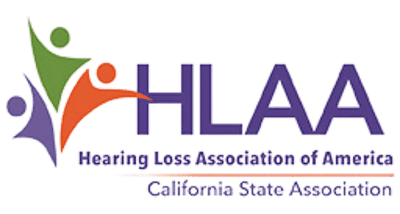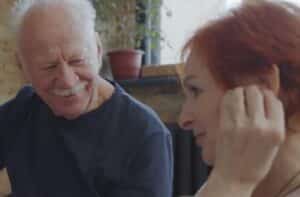Ten Years of HLAA-DV Advocacy Effort in Walnut Creek
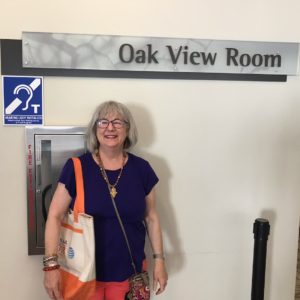
In 2010, Ann Thomas, president of the HLAA Diablo Valley Chapter, began advocating for communication access for people with hearing loss in the Contra Costa County library system. Even though the ADA (passed in 1990) required all city and county governments to develop transition plans to provide accommodations, communication access for people with hearing loss was not included in the Contra Costa County plans. This included the library system.
Initial advocacy efforts were directed toward getting counter hearing loops installed at information counters in the libraries, and providing information on the library website about how to get accessibility. When the new Walnut Creek library opened in late 2010, it was the first library to have hearing loops at information counters. Today, all libraries in the county system have counter loops at information desks.
Around the same time, contact with the city of Walnut Creek was initiated to determine if the programs and services of the city were accessible to people with hearing loss. At that time there was no advertising via signage, printed materials, or online websites about what equipment was available, where it was located, or whom to contact in order to use it. Also, on the City website, posted videos of local government events, including live city council meetings, had no accessibility. The advocacy efforts for library access and city government access in Walnut Creek dovetailed. A new library was being built in Walnut Creek, and although the library system is a county program, the new building for the library was owned by the city.
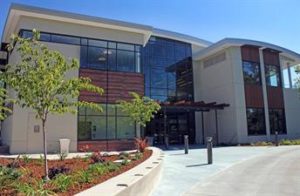
The new library contained a large meeting space, Oak View Room. This room was used by the library for its programs as well as for city events such as a speaker series; it was also rented out by the city to other organizations for events and was administered by the Walnut Creek Parks and Recreation Department.
HLAA-Diablo Valley Chapter members wanted to be able to participate in the library programs as well as other events hosted in the Oak View Room. It was a very difficult and exhausting process to determine how to get communication access in the space. No one in the City or in the County knew what existed or exactly whom to contact to find out. It was finally determined that an FM system had been installed in the space in an effort to comply with ADA requirements in the California building code. Unfortunately, there were no headphones or neckloops, only ear speakers which were not hearing aid compatible. Eventually headphones and neckloops were procured, but the FM System never worked adequately for HLAA chapter members.
In 2017 the City of Walnut Creek hired a hearing loop consultant and 10 locations were evaluated for potential hearing loops. The city initially committed to installing three, the Oak View Room another meeting room in the library and the Lakeside Room at Heather Farm Park. These three hearing loop installations were completed in Spring, 2019. According to librarian Natalie Abbott, the new hearing loops at Walnut Creek Library are a big improvement over the old equipment and have been well received by the public.
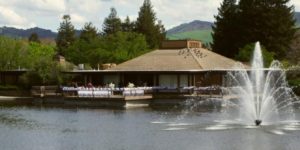
Steve Waymire, Walnut Creek City Engineer and ADA Coordinator, said that because there is funding already budgeted for ADA accommodations, projects can be scheduled when regular improvements are done. An additional hearing loop at Shadelands Art Center Auditorium is planned for Spring, 2020, when the flooring will be replaced. And other hearing loops are expected to be installed in city facilities in the future.
Although the HLAA-DV advocacy efforts have made inroads to providing communication access for people with hearing loss in Walnut Creek, the work is far from finished. Hearing loops in several venues and captions at city council meetings as well as live broadcast and archived videos on the Internet are in place. But people with hearing loss must continue to speak up to elected city officials and ADA Coordinators about our needs.
Remember change can take much longer than you think and advocacy doesn’t always follow a straight path. The efforts can be one step forward, two steps back; starts and stops and long pauses; or even coming in through the back door. Advocacy is an ongoing effort. New or temporary staff will need training, people might unplug or disconnect parts of the system and change settings so they stop working. Groups using the venues will need to be shown how to use the equipment and most speakers will need to be coached on using a microphone properly.
But don’t give up! If you persist change does happen.
This article was originally published in The Hearing Loss Californian Fall 2019.
